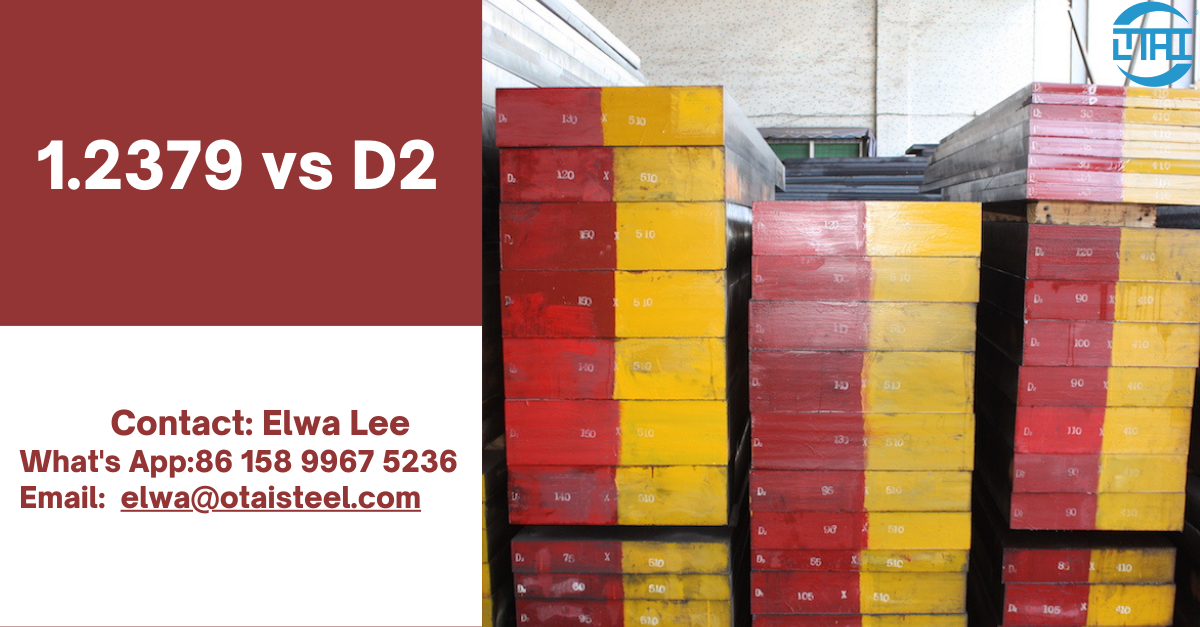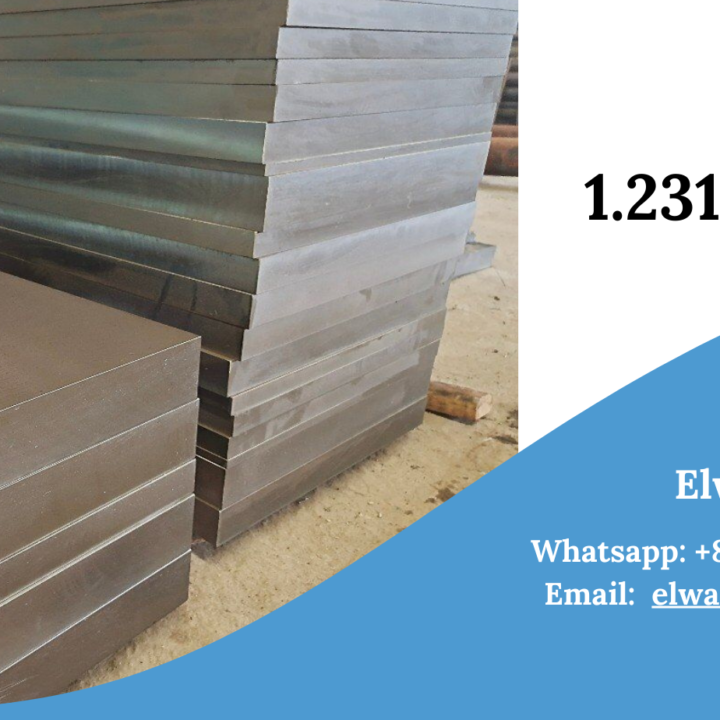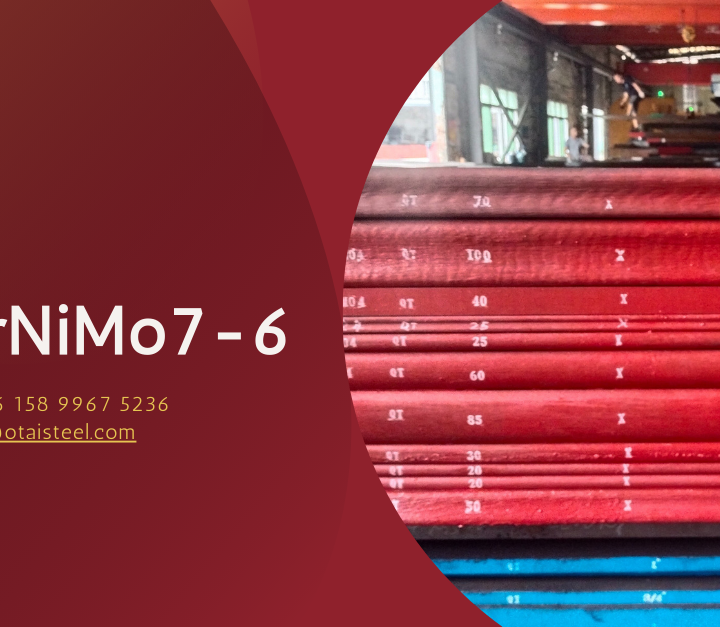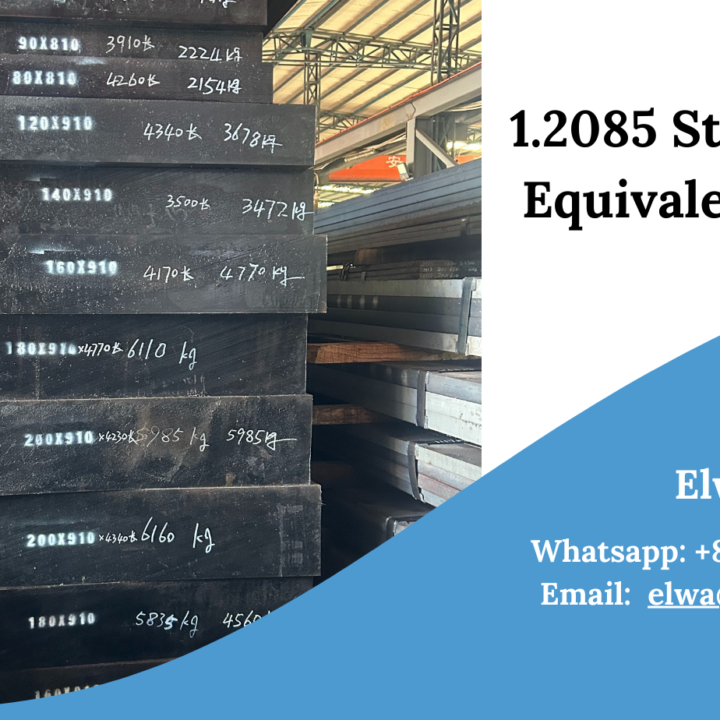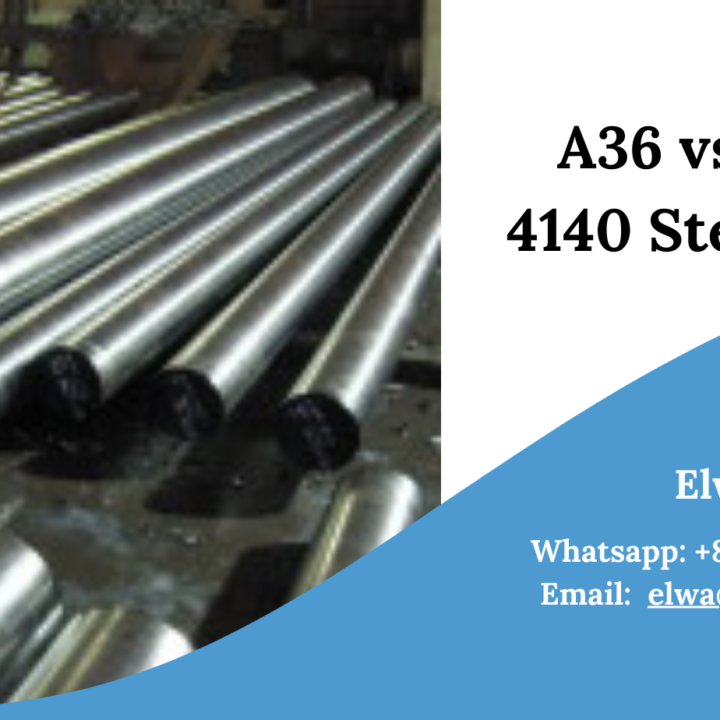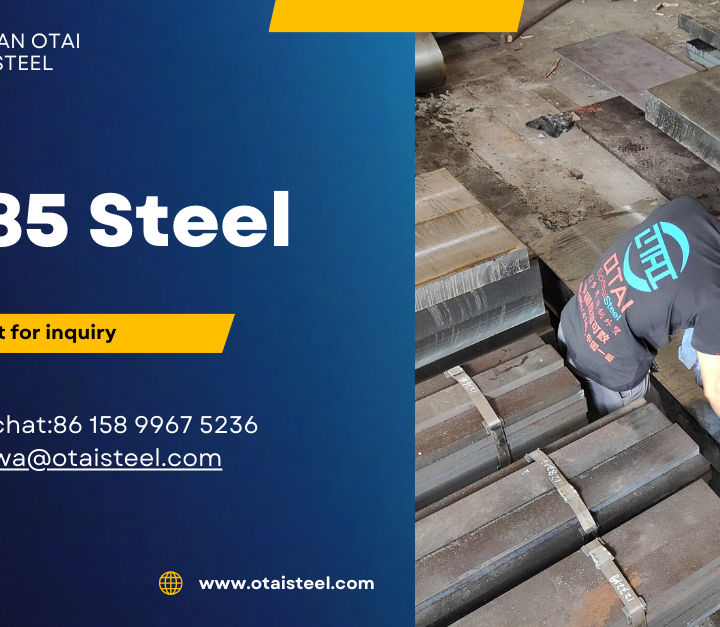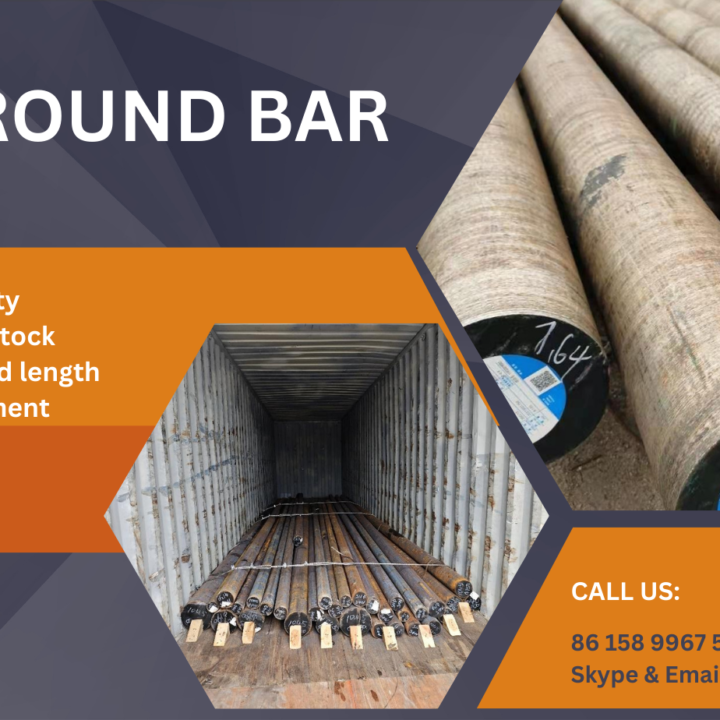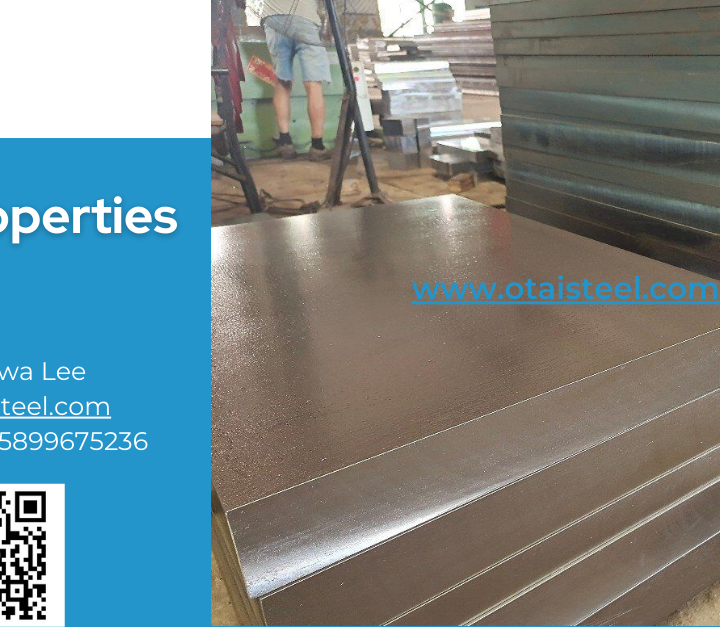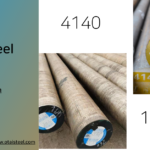In the realm of tool steels, precision and performance are non-negotiable. When you embark on a project that demands the use of high-quality steel, two materials that frequently appear on the radar are 1.2379 and D2 steel. This article will provide readers with a comprehensive understanding of 1.2379 and D2 steel, enabling them to make informed decisions about which material best suits their specific project needs.
1.2379 Steel: The Versatile Contender
1.2379, often referred to as D2, is a high-carbon, high-chromium steel renowned for its multifaceted capabilities. Let’s take a closer look at its properties and the various domains where it excels.
Properties of 1.2379 Steel
- High Carbon and Chromium Content: The hallmark of 1.2379 steel is its high carbon and chromium content. This combination imparts remarkable wear resistance, making it the material of choice for applications where maintaining sharp cutting edges is paramount.
- Dimensional Stability: One of the most notable features of 1.2379 steel is its exceptional dimensional stability during heat treatment. This ensures that tools and components crafted from this steel maintain their desired form and edge sharpness.
- Versatility: 1.2379 steel finds applications in a wide range of industries, from woodworking to cold working tools, precision punches, and more.
D2 Steel: The Heavyweight in Wear Resistance
D2 steel is a formidable competitor, boasting impressive attributes that position it as a favorite in various industries. Below, we explore the properties and applications that make D2 steel stand out.
Properties of D2 Steel
- High Carbon and Chromium: Like 1.2379, D2 steel also features high carbon and chromium content. This combination gives it exceptional wear resistance, making it ideal for applications where tools need to endure substantial wear and maintain their sharpness.
- Toughness: D2 steel is valued for its toughness, allowing it to withstand rigorous operations without chipping or breaking.
- Applications: D2 steel is commonly used in the production of blanking dies, industrial blades, and forming tools. It has also found applications in the aerospace industry.
Comparative Analysis
Both 1.2379 and D2 steel offer outstanding wear resistance, thanks to their high carbon and chromium content. However, the choice between the two depends on your project’s specific demands.
- For projects where dimensional stability during heat treatment is crucial, 1.2379 steel is often the preferred choice. It ensures that your tools or components maintain their form and sharpness even under challenging conditions.
- When extreme wear resistance and toughness are paramount, D2 steel shines. Its ability to withstand heavy wear and maintain sharp cutting edges makes it a top pick for applications in industries like aerospace and manufacturing.
Factors for Decision-Making
To determine which steel is right for your project, consider the following factors:
- Application: Assess the specific requirements of your project. Are you in need of a steel that maintains cutting-edge sharpness, or does your application demand exceptional wear resistance?
- Heat Treatment: Consider the heat treatment processes involved in your project. If precise dimensional stability is required, 1.2379 may be more suitable.
- Industry Standards: In some industries, one steel may be the preferred choice due to established industry standards and practices.
- Tool Longevity: Think about the longevity of the tools or components you’ll be producing. D2’s toughness can be an asset in situations where tools face heavy wear.
- Budget: Evaluate your budget and the cost of each steel variant. Cost considerations can play a significant role in the decision-making process.
Conclusion
The choice between 1.2379 and D2 steel is not a matter of one being definitively superior to the other. It’s about selecting the steel that aligns with your project’s unique requirements. Each steel offers distinct advantages, and your decision should be guided by your project’s needs, budget constraints, and industry standards.
Frequently Asked Questions (FAQs)
- Can 1.2379 and D2 steel be used interchangeably?
While they share some characteristics, the choice between the two depends on the specific needs of your project.
- Is heat treatment critical for these steel types?
Yes, heat treatment is vital for optimizing the performance of both 1.2379 and D2 steel.
- Which steel is better for high-precision cutting tools?
1.2379 steel is often preferred for high-precision cutting tools due to its dimensional stability.
- What industries commonly use D2 steel?
D2 steel is popular in industries that require high wear resistance, such as manufacturing blades and forming tools.
- What are the main differences between 1.2379 and D2 steel?
The primary differences lie in their carbon and chromium content, which impact their wear resistance and heat treatment characteristics.
